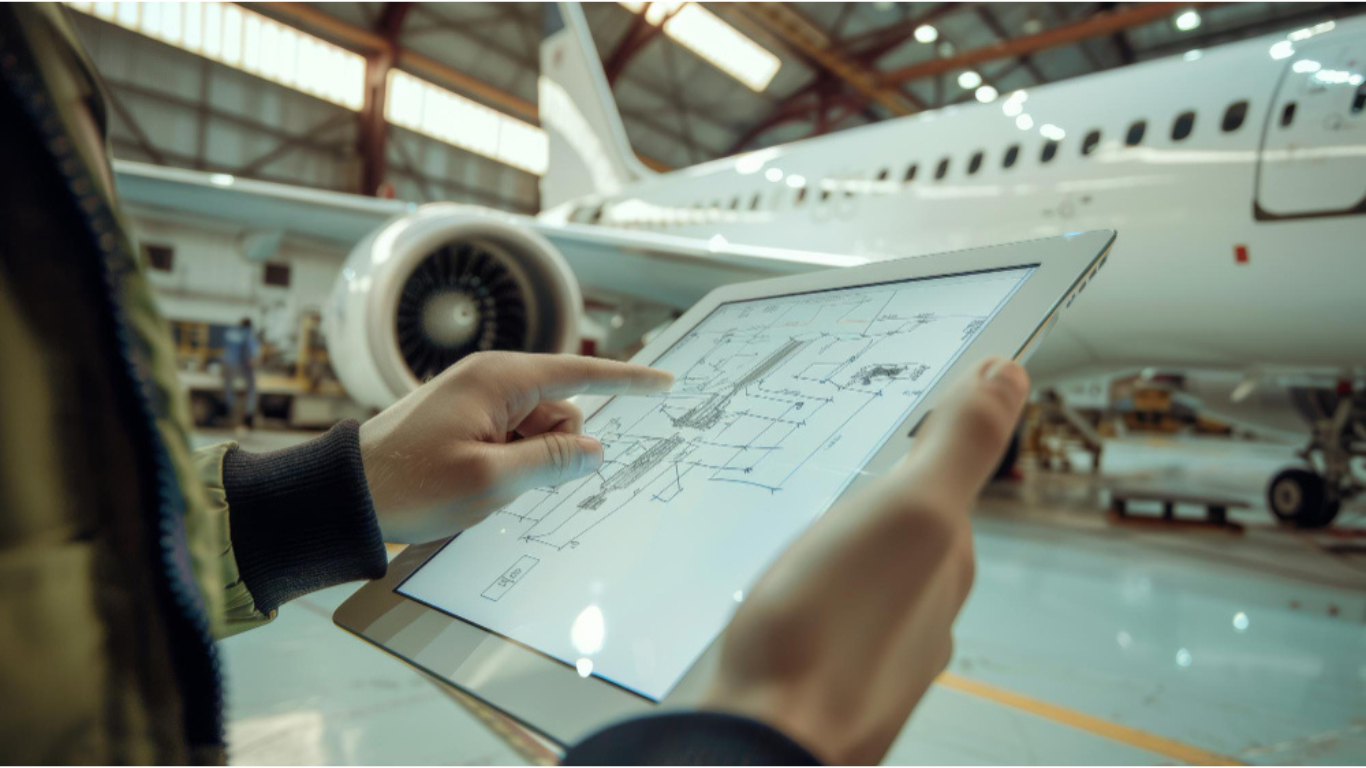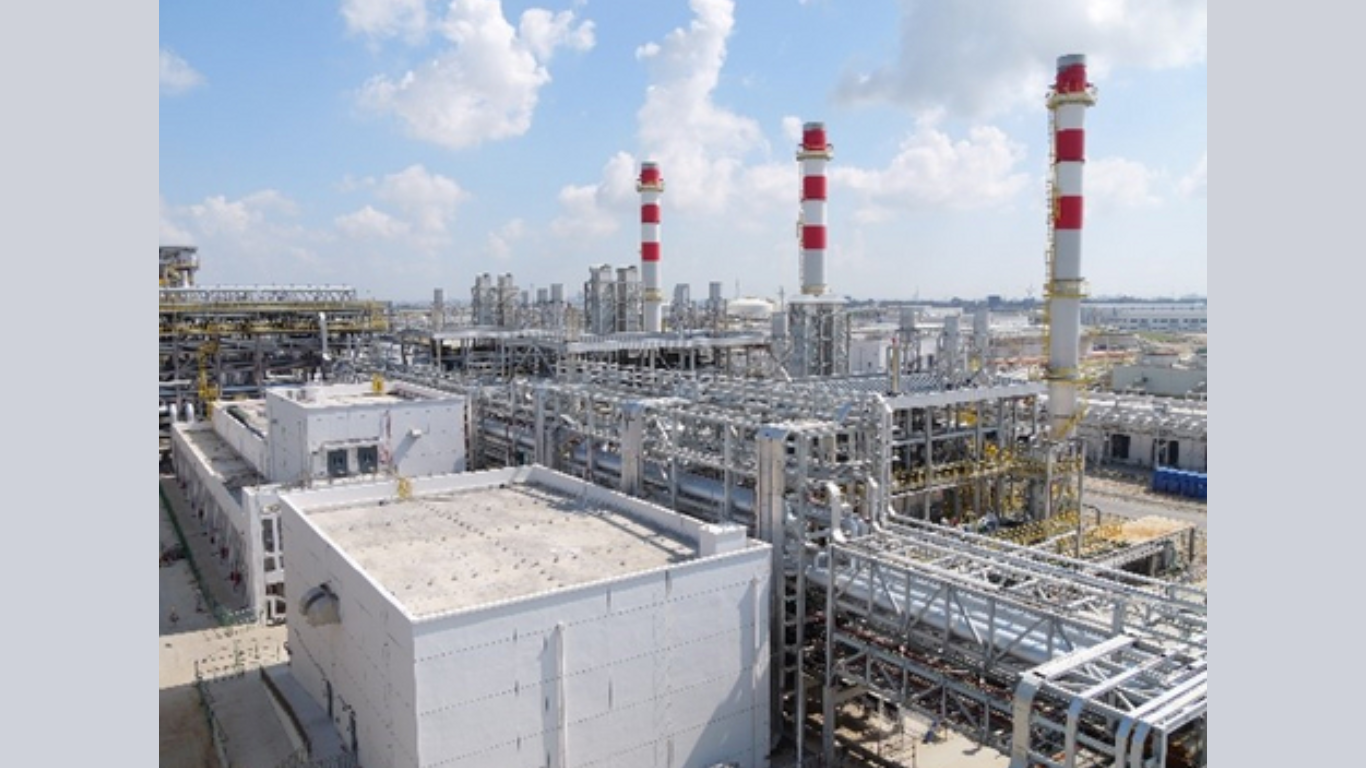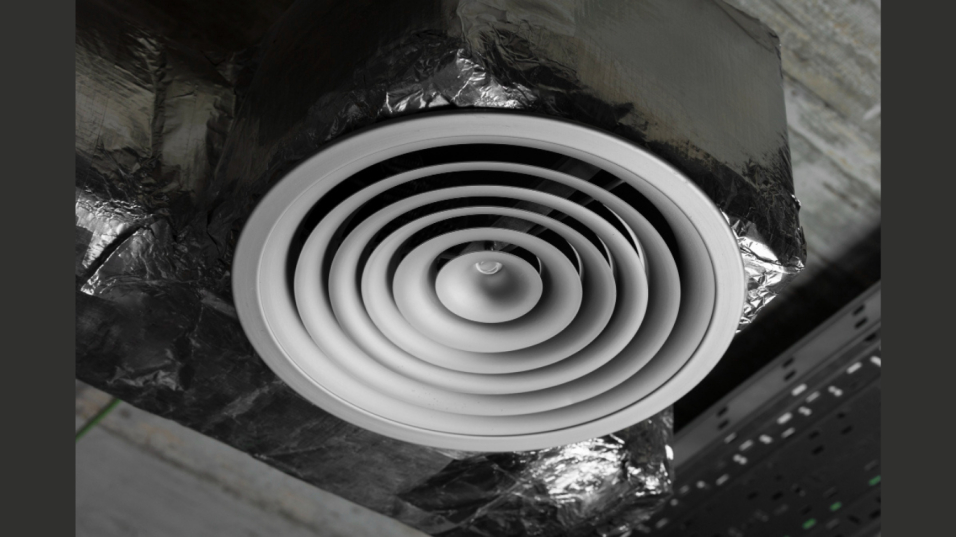Aviation maintenance is an essential element in the airline industry. It ensures the aircraft are safe and in the best working condition possible. Aviation maintenance software has become a crucial resource as technology makes vital progress. This software helps accelerate repairs, minimize downtime, and enhance performance.
The Importance of Efficient Maintenance
Maintenance is one of the key processes that ensures that airlines run smoothly. Because delays or unscheduled maintenance can cost money and time, they must resolve issues quickly. Old-school maintenance management is labor-intensive. Paperwork, manual tracking, and legacy systems lead to inefficiencies. Aviation maintenance software simplifies these processes. It serves as a one-stop hub to oversee every aspect of maintenance, from scheduling to tracking.
Aviation Maintenance Software Overview
Some of the standard features included in the aviation maintenance software are as follows: The first is real-time aircraft status tracking. It enables maintenance teams to track every single plane from the state of the aircraft at all times. Identifying problems early ensures they do not escalate down the line. It’s also common for the software to have scheduling tools. These tools aid in scheduling routine inspections and repairs required to comply with regulatory requirements.
Another key function concerns inventories. Tracking spare parts and tools is also necessary for on-time repair work. The inventory management feature clearly shows current inventory, so there are no delays due to part unavailability. It also often interfaces with other systems to facilitate inter-departmental communication.
Benefits of Implementing Maintenance Software
There are many advantages to using aviation maintenance software. Firstly, it enhances safety. This software minimizes the risk of missing inspections or never investigating a particular issue by tracking and documenting every maintenance activity. This documentation is an integral part of audits and regulatory compliance.
Secondly, it considerably boosts efficiency. Automated processes minimize reliance on manual input, thus adding valuable hours to a technician’s day. They can store all repair work and documentation, and focus on actual repair work instead of administrative work. Furthermore, the software can analyze data to predict failures so operators can take remedial actions.
It can also bring other favorable benefits, such as cost savings. Airlines can also reduce operational costs by optimizing maintenance schedules and reducing downtime. It also helps management save resources and cut unnecessary costs.
Choosing the Right Software
Choosing the best aviation maintenance software is a crucial decision. Airlines should consider their respective requirements and choose from the options available. Key factors to consider are ease of use, integration, customer support, and performance.
An easy interface allows everyone to use the platform, and employees can quickly get used to it. Integration capabilities are also necessary. Business logic should be able to interact seamlessly with other production systems. Finally, customer support should be solid, as access to timely help ensures that problems get resolved as soon as possible.
Future of Aviation Maintenance
With technological advancements on the horizon, the future of aviation maintenance remains bright. With the inclusion of artificial intelligence and machine learning, there is scope for further improvement. Predictive maintenance, which uses data to anticipate problems before they happen, will become widespread. Taking this proactive approach can result in more reductions and safety benefits.
Plus, mobile app usage is increasing. Such apps let technicians receive information and updates on the go, which gives them more flexibility and ability to respond. But as tech keeps advancing, so do aviation maintenance software capabilities, and by extension, their reach when providing reliable airline services.
Conclusion
All in all, aviation maintenance software is an efficient source for upgrading repair procedures. It offers airlines great value by improving safety, efficiency, and cost-effectiveness. Though there might be hurdles when implementing this change, the long-term advantages will always outweigh the temporary discomfort. The ongoing technological developments mean maintenance software will be invaluable in the aviation industry, as it keeps aircraft in top shape while operations run seamlessly.
Article received in the mail































